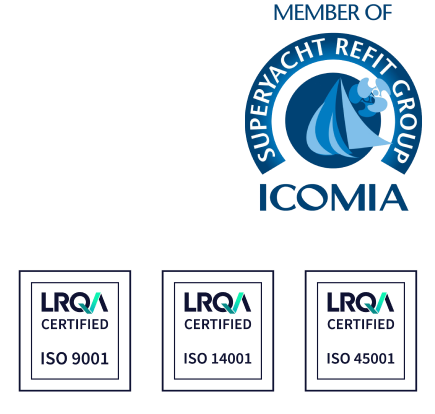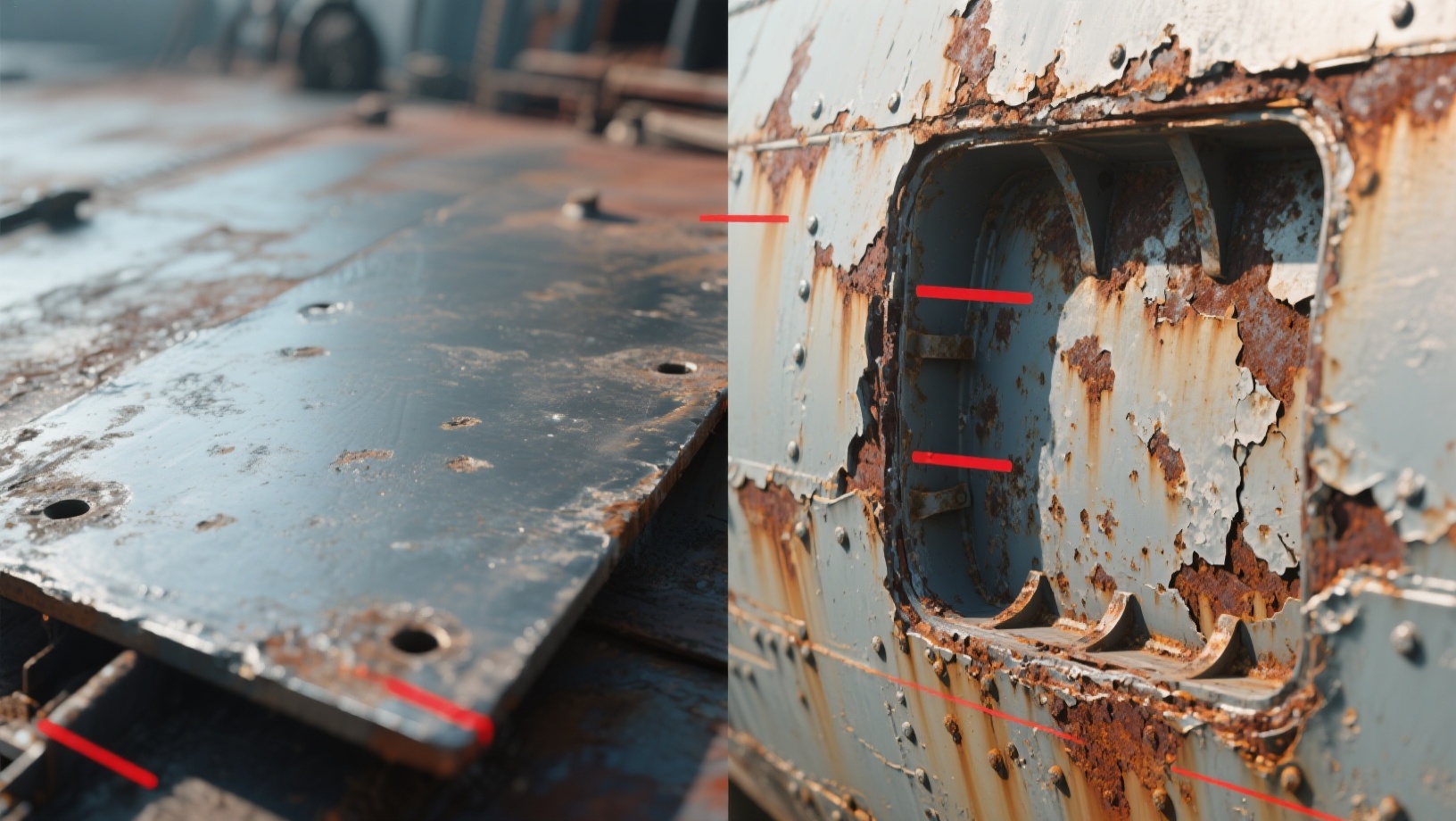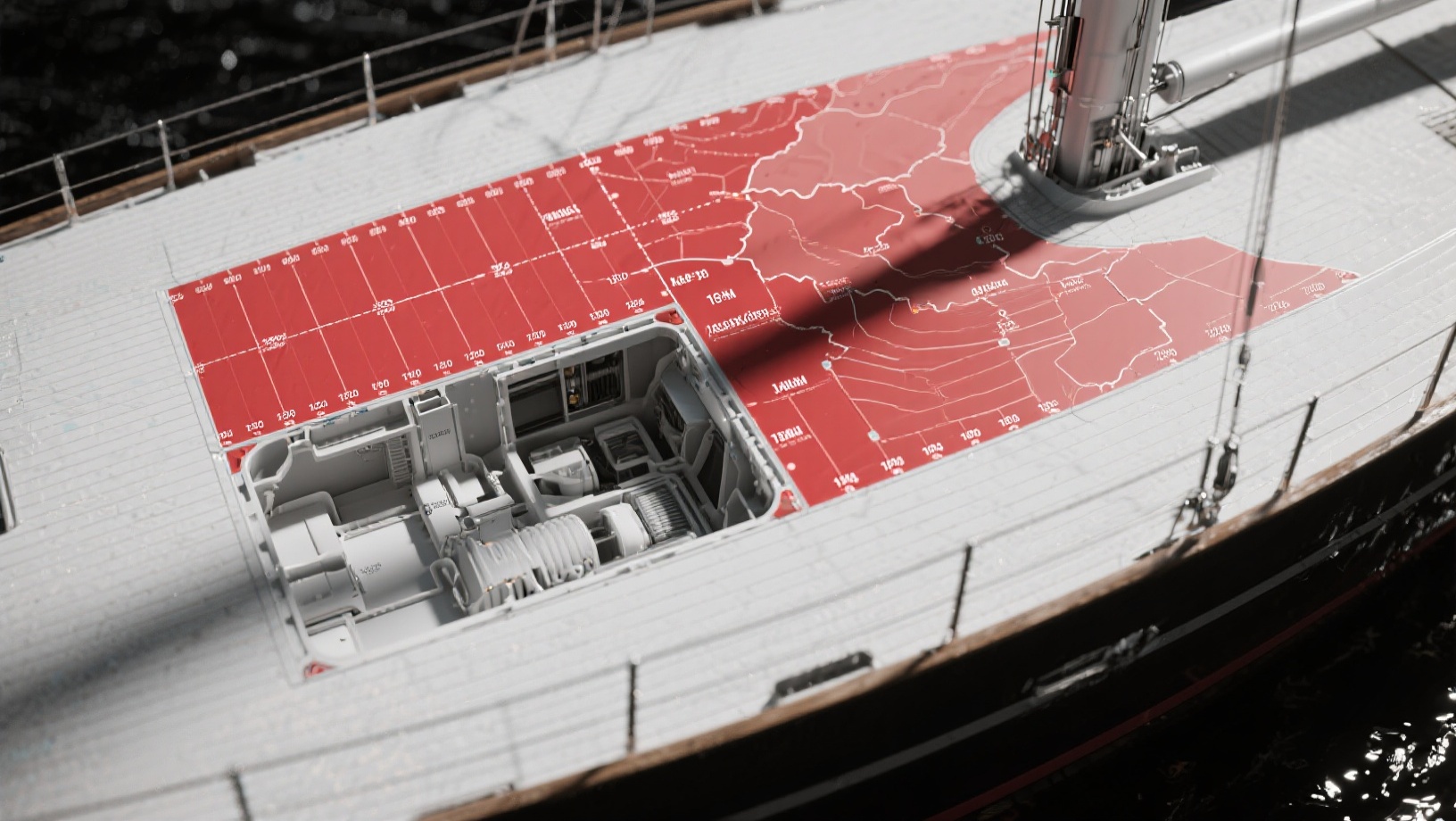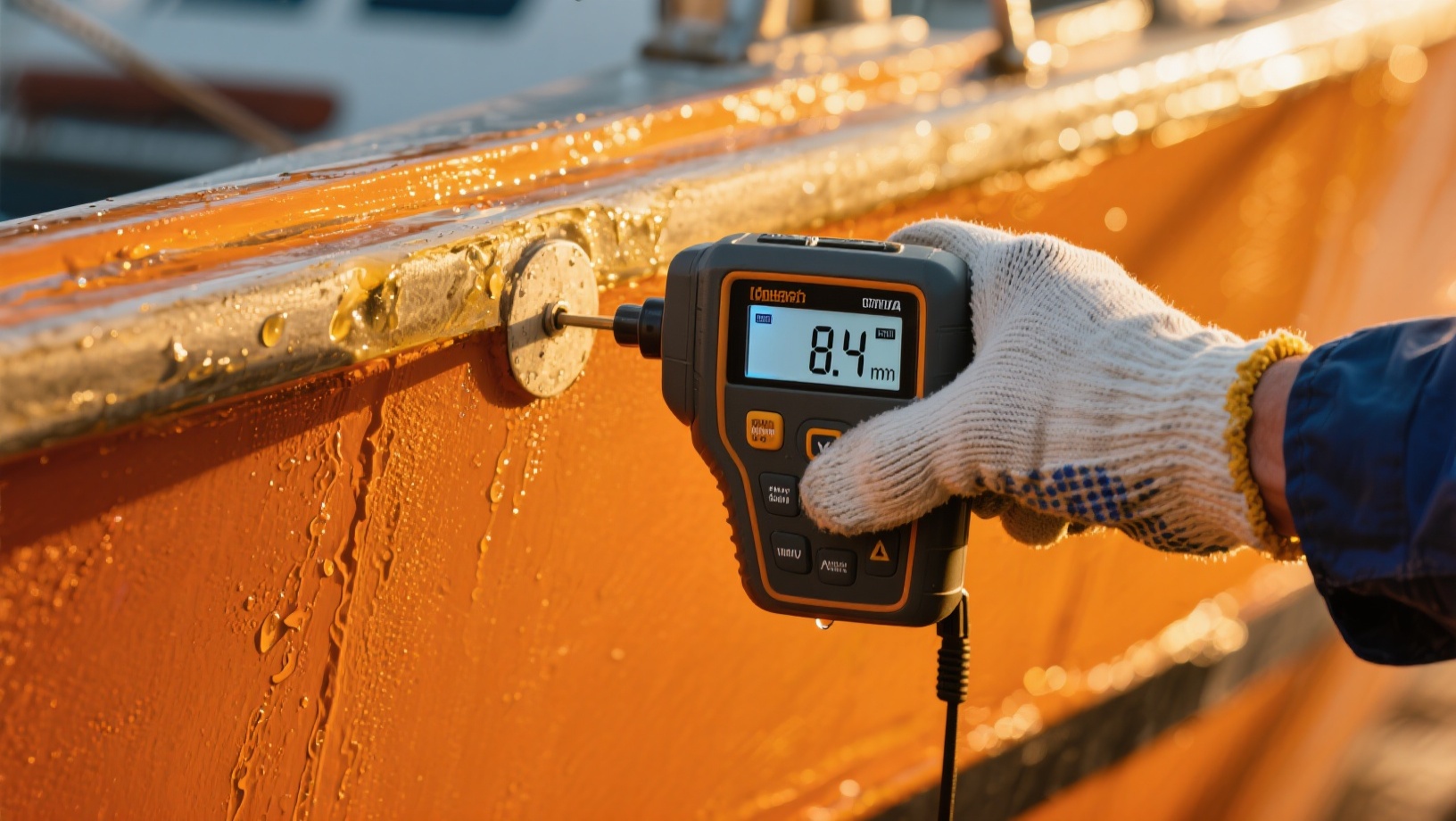If you’ve ever wondered how shipyards and surveyors assess the health of a yacht’s hull without cutting it open or stripping everything back, you’re not alone. One of the most trusted and non-invasive techniques is hull thickness measurement. It’s a process that plays a crucial role in everything from routine maintenance to major refits and insurance surveys.
What is Hull Thickness Measurement?
Hull thickness measurement is the process of determining the current thickness of a yacht’s hull plating, usually made of steel, aluminum, or composite materials. This is done using ultrasonic testing equipment that allows technicians to measure thickness from one side of the surface, without damaging the hull or removing coatings.
Why is this necessary?
Over time, hulls can experience corrosion, electrolysis, pitting, and other forms of material degradation. In metal-hulled yachts especially, the original plate thickness can reduce significantly due to exposure to seawater, galvanic currents, or even poor past repairs. Knowing how much material remains is essential to evaluating the structural integrity of the vessel.
In essence, hull thickness measurement gives a clear picture of the condition beneath the paint, primer, or antifouling. It’s a way of seeing the unseen.
Why Does Hull Thickness Matter?
The thickness of a hull isn’t just about following classification society rules or passing an inspection. It’s about safety, seaworthiness, and performance.
Too-thin hull sections can compromise the yacht’s structural strength, especially in critical load areas like the bilge, engine room, or below the waterline. If weak spots are left unchecked, they can eventually lead to hull deformation, water ingress, or even failure at sea.
In a refit or rebuild, hull thickness measurement is often one of the first steps. It helps the team decide whether certain areas need steel replacement, reinforcement, or simply surface treatment. It’s also used for insurance assessments, flag compliance, and class certification.
How is Hull Thickness Measured?
The most common technique is ultrasonic thickness gauging. A small handheld device sends high-frequency sound waves into the hull material. When these waves hit the back wall (the other side of the hull), they bounce back to the device. The time it takes for the echo to return is used to calculate the material’s thickness.
Here’s why it’s so effective:
-
It works through paint and coatings
-
It doesn’t require cutting or drilling
-
It provides immediate results
-
It can be used underwater with the right equipment
In a typical survey, the technician takes multiple readings across different parts of the hull, focusing on high-risk or high-stress areas. These readings are then logged and compared to the vessel’s original construction specs. Any reductions are noted for further inspection or repair.
Common Misconceptions
One common misunderstanding is that surface rust or cosmetic damage always indicates serious hull thinning. That’s not necessarily true. A hull can look rough on the outside but still retain full structural thickness underneath. On the flip side, a clean-looking hull might be hiding deeper internal corrosion that isn’t visible without testing.
Another mix-up is assuming that only older yachts need thickness checks. In reality, newer yachts can suffer from localized corrosion or manufacturing flaws that go unnoticed until a proper scan is done. Regular thickness measurement is a proactive maintenance step, not just a fix-it-later tool.
Who Should Be Thinking About This?
Hull thickness measurement is relevant to:
-
Yacht owners purchasing a pre-owned vessel
-
Captains responsible for seaworthiness and safety
-
Refit project managers needing to assess hull condition
-
Class societies and surveyors requiring proof of structural soundness
-
Insurance underwriters evaluating risk
-
Yard technicians planning steel or aluminum work
It is especially critical on steel-hulled superyachts, commercial support vessels, and older motor yachts, though no hull material is completely immune from degradation.
What Happens if Thickness Is Lost?
When a hull section is found to be below acceptable thickness, options range from localized repairs to complete plate replacement. For classification compliance, there’s usually a minimum acceptable percentage loss based on the original spec.
If hull thickness loss is widespread, it can influence everything from project scope to overall vessel value. That’s why regular measurement isn’t just smart, it’s cost-effective. Catching a thin patch early can save months of work and thousands in steel replacement later.
What Lies Beneath Your Waterline?
Yachts are built to be tough, but no hull stays perfect forever. Whether you’re operating a 30-meter cruiser or overseeing a 90-meter refit, knowing the actual condition of your hull is a powerful tool. It takes the guesswork out of planning and brings confidence to every decision.
So here’s a question worth asking: when was the last time your yacht’s hull was measured not just visually inspected, but really checked? The answer might tell you more than you expect.
FAQs
How often should hull thickness be checked on a yacht?
For steel or aluminum yachts, hull thickness should typically be checked every 3 to 5 years, or during major refits and classification surveys. However, if the vessel operates in harsh conditions or shows signs of corrosion, more frequent inspections may be needed.
Can ultrasonic thickness measurement be done without removing paint or coatings?
Yes, most modern ultrasonic gauges can measure through paint, primer, and other non-metallic coatings. However, heavily layered or uneven surfaces might affect accuracy, so technicians sometimes spot-clean small areas for precise readings.
What happens if one area of the hull shows significant thinning?
Localized thinning often leads to targeted repairs such as plate replacement or reinforcement. If the problem is widespread or in structurally critical zones, it could result in more extensive steelwork or changes to the refit plan.
Is this testing only for metal hulls, or does it apply to composite yachts too?
While ultrasonic thickness testing is mainly used for metal hulls (steel and aluminum), composite hulls can also be assessed using specialized tools for detecting delamination or core damage. The principles differ, but the goal (assessing structural integrity) is the same.
Does hull thickness loss always mean the yacht is unsafe to operate?
Not necessarily. Some degree of material loss is expected over time and can still fall within classification society limits. The key is knowing when that loss exceeds safe or allowable levels, which is what thickness measurement helps determine.
Can thickness readings vary depending on where they’re taken?
Absolutely. Readings often vary by location, especially around high-stress zones like the keel, engine room, bilge areas, or below waterline fittings. That’s why technicians take multiple readings across the hull for a full assessment.
Are there signs a yacht might need a hull thickness check, even between scheduled surveys?
Yes. Unusual rust streaks, increased bilge water, paint bubbling, or prior hull repairs can all be red flags. If you’re seeing any of these, it’s smart to run a targeted inspection instead of waiting for the next dry-dock.
Who is qualified to perform hull thickness measurement?
The job should be carried out by trained technicians, typically certified in non-destructive testing (NDT) or ultrasonic inspection. They often work alongside surveyors during refits or official assessments to ensure accurate documentation and analysis.













